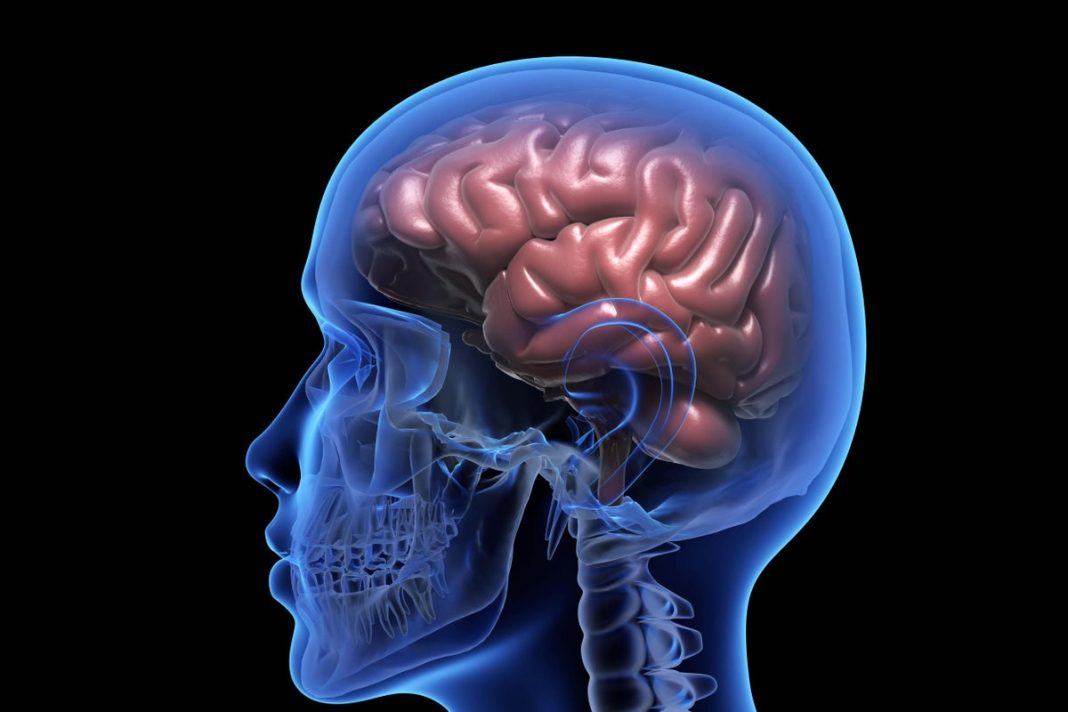Key Takeaways
- Scientists created the first comprehensive atlas of developing human and mammalian brains
- The research identified over 5,000 brain cell types and revealed previously unknown human-specific cells
- Findings could transform understanding of autism, schizophrenia, ADHD and brain cancer
Scientists have achieved a major breakthrough by creating the first detailed atlas of developing human and mammalian brains. This comprehensive mapping from embryonic stages to adulthood reveals how brain cells form, differentiate, and function over time.
The research, part of the NIH’s BRAIN Initiative Cell Atlas Network (BICAN), provides unprecedented insights into brain development that could revolutionize treatments for neurological conditions.
Unprecedented Brain Cell Mapping
The international team focused on human, mouse, and monkey brain cells, tracking how different cell types develop and mature. They monitored gene activation patterns throughout development, identifying key regulatory genes and shared pathways between species.
“Our brain has thousands of types of cells with extraordinary diversity in their cellular properties and functions,” said neuroscientist Hongkui Zeng of Seattle’s Allen Institute.
Researchers discovered over 5,000 cell types in mouse brains and believe human brains contain at least as many.
Human Brain Specializations Revealed
The atlas uncovered unique aspects of human brain development, including:
- Prolonged cortical cell differentiation due to extended development from fetus to adolescence
- Newly identified cell types in the neocortex and striatum regions
- Distinct developmental timelines compared to other mammals
“While we knew the big-picture shifts that happen during brain development, we now have a much more detailed understanding of what the pieces of the developing brain are,” explained UCLA neuroscientist Aparna Bhaduri.
Medical Applications and Future Research
The findings have significant implications for understanding and treating brain disorders. One study revealed that certain brain tumor cells resemble embryonic progenitor cells, suggesting tumors might hijack developmental processes.
Researchers hope this knowledge will lead to:
- Precise gene and cell therapies for neurological diseases
- Better understanding of autism, ADHD, and schizophrenia
- Improved brain cancer treatments
“The goal is to ultimately understand what happens in neurodevelopmental and neuropsychiatric disorders that develop vulnerability during development,” Bhaduri noted.
The research represents a crucial step toward comprehensive brain disorder treatments, though scientists acknowledge more work lies ahead to fully leverage these discoveries.





